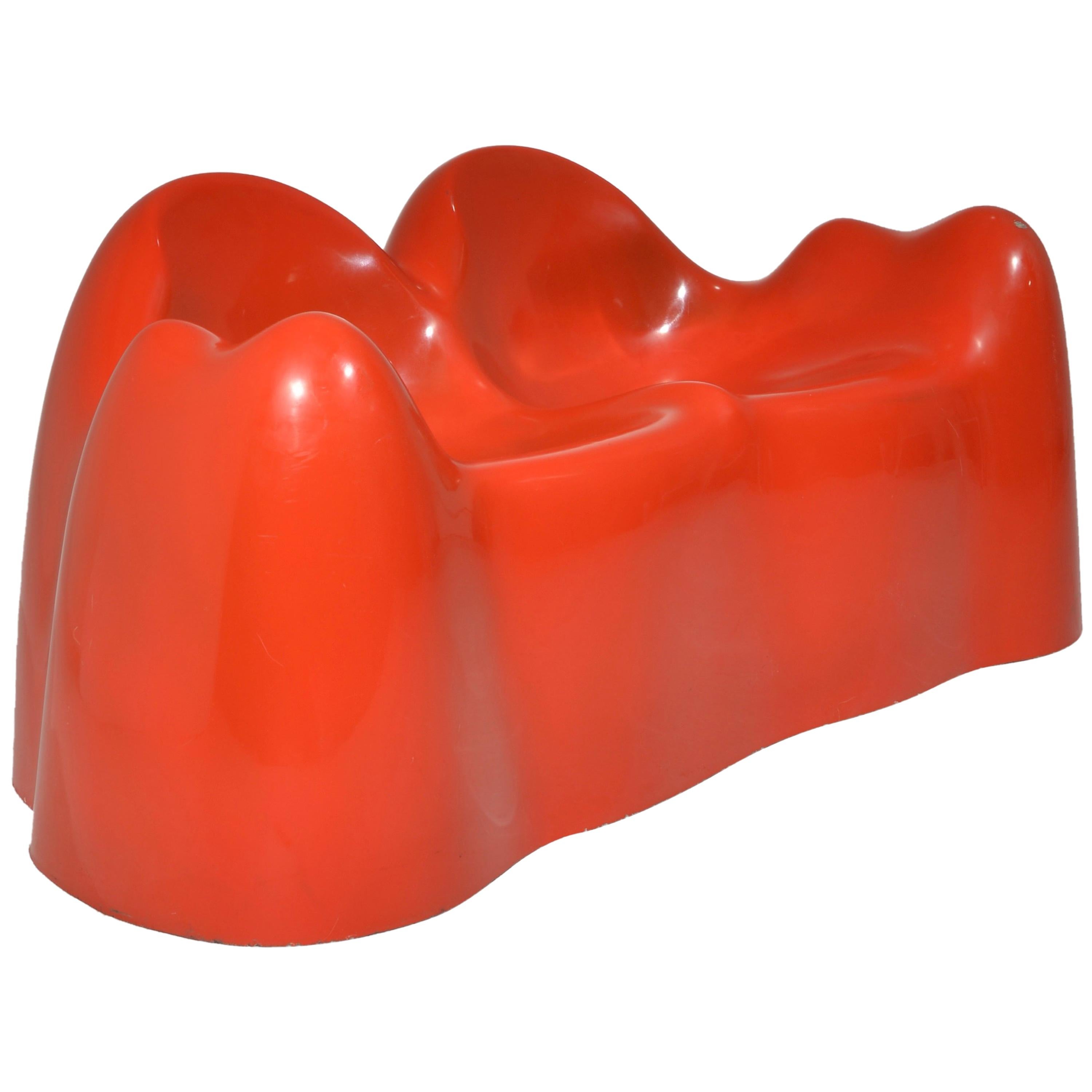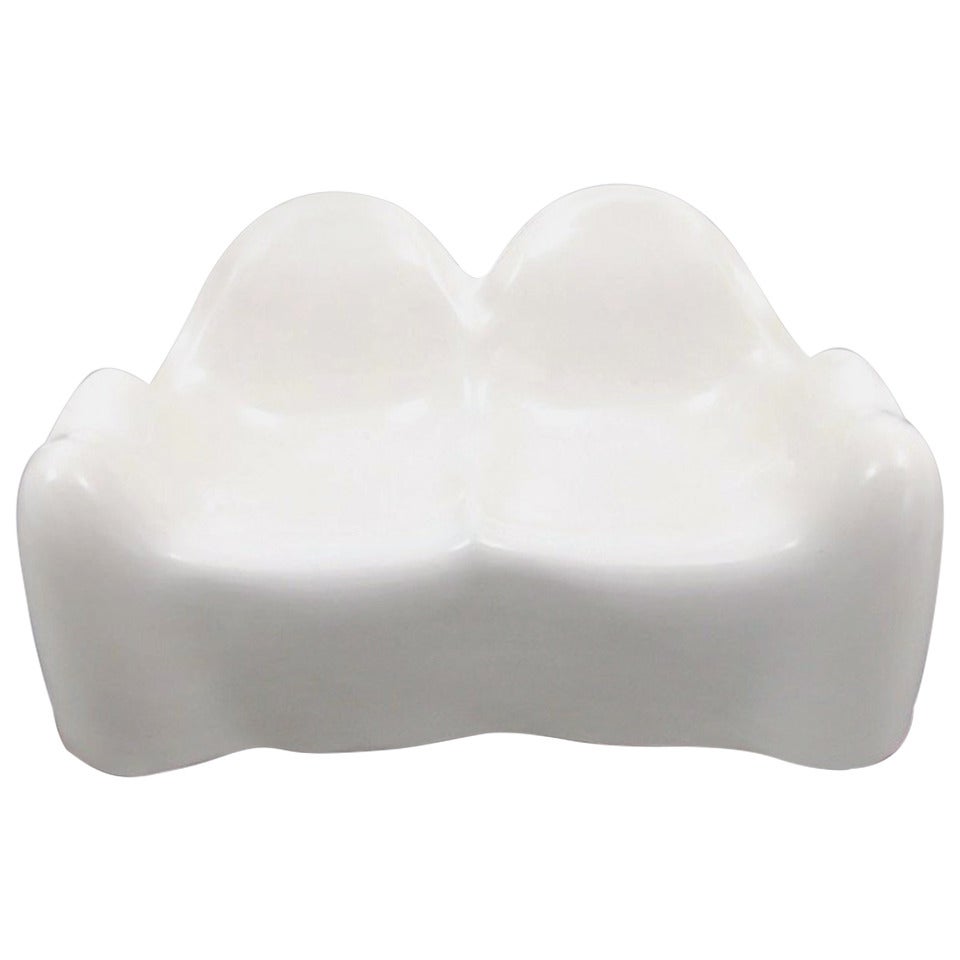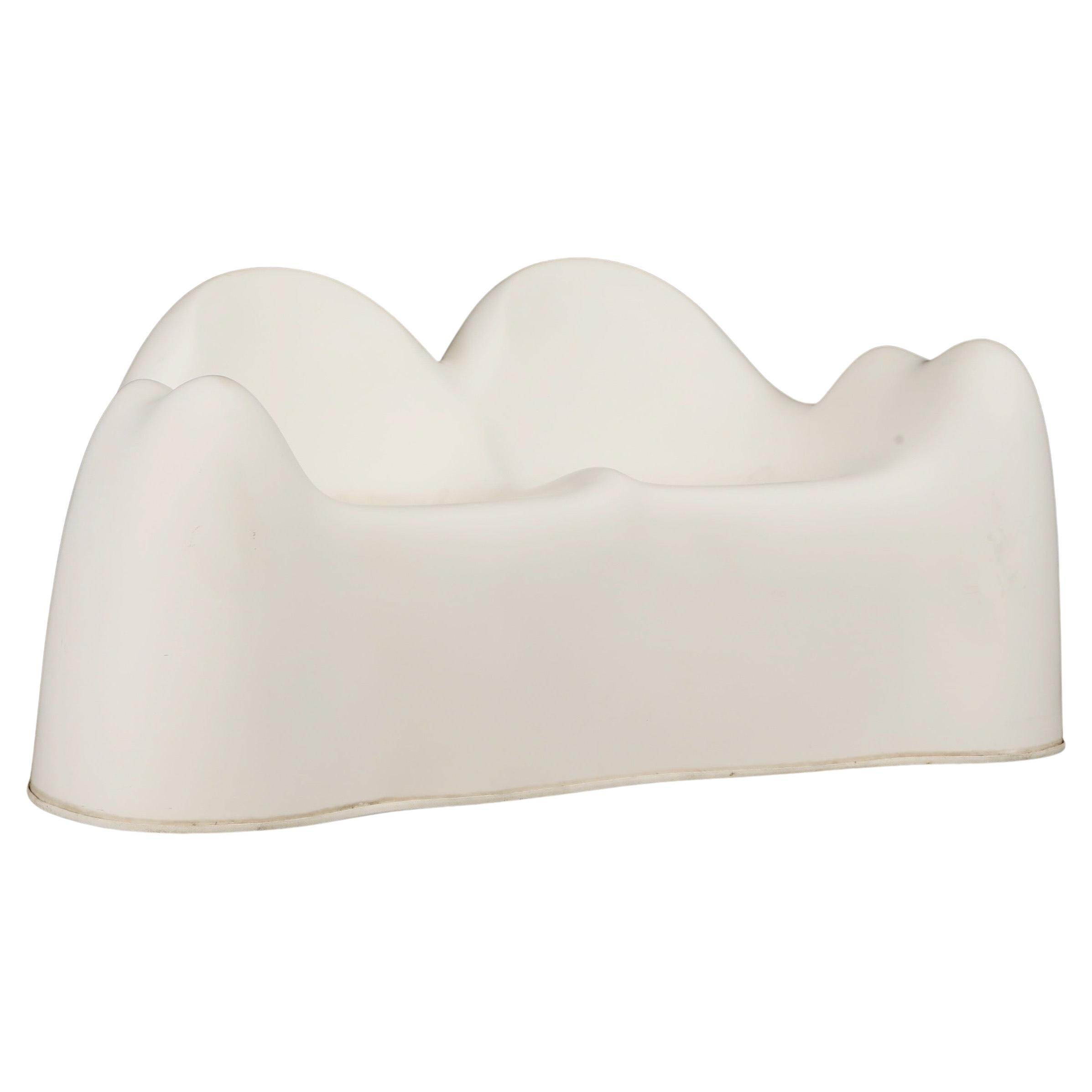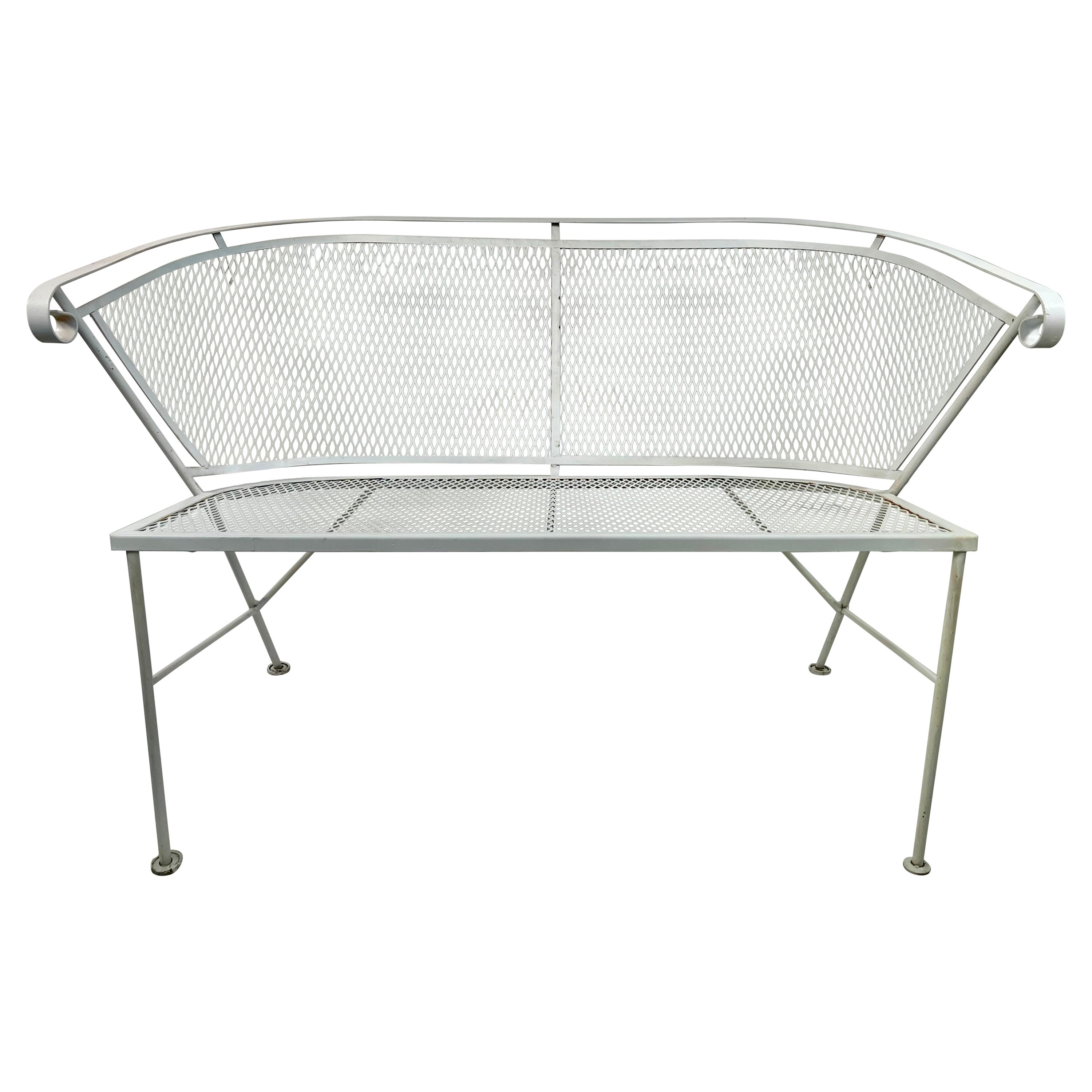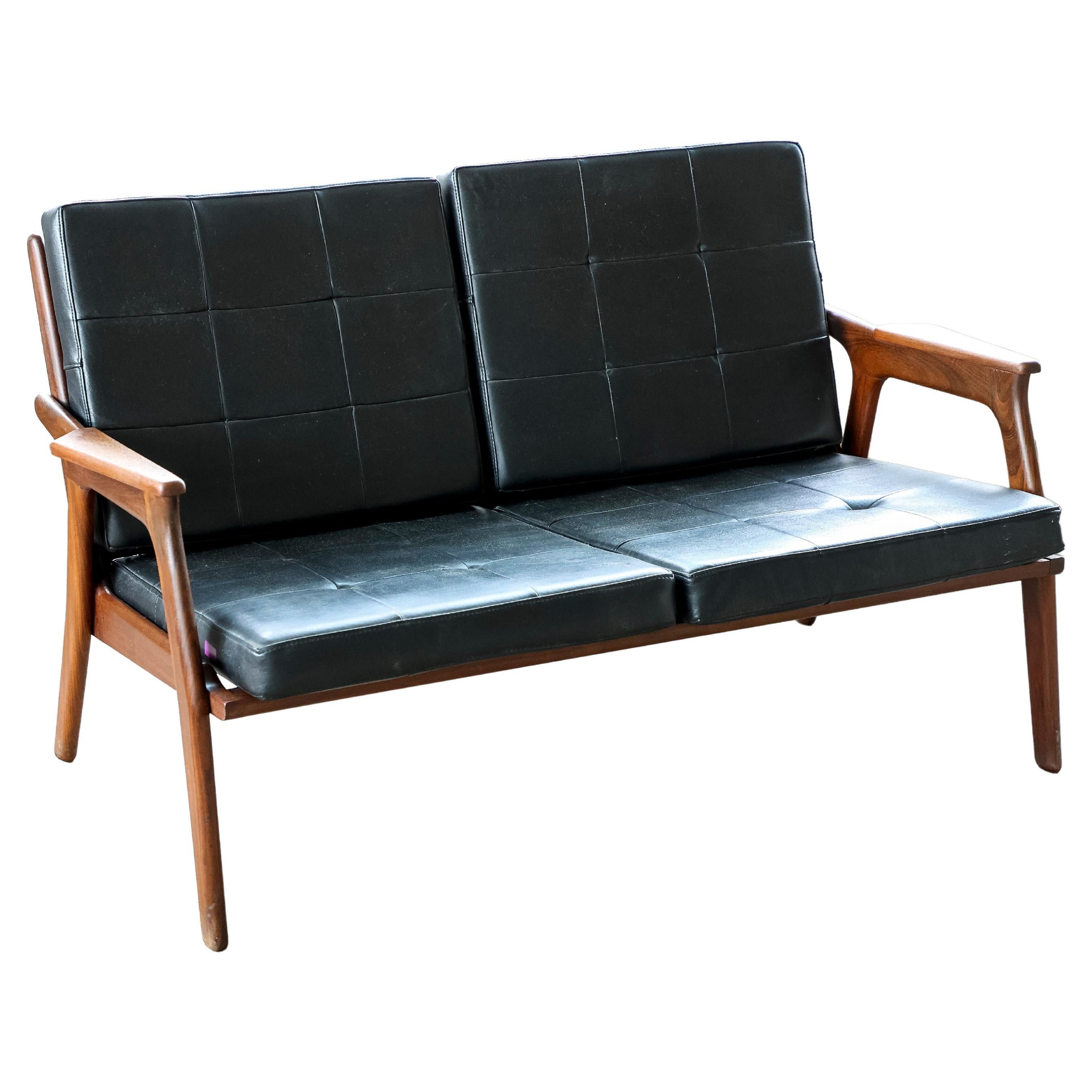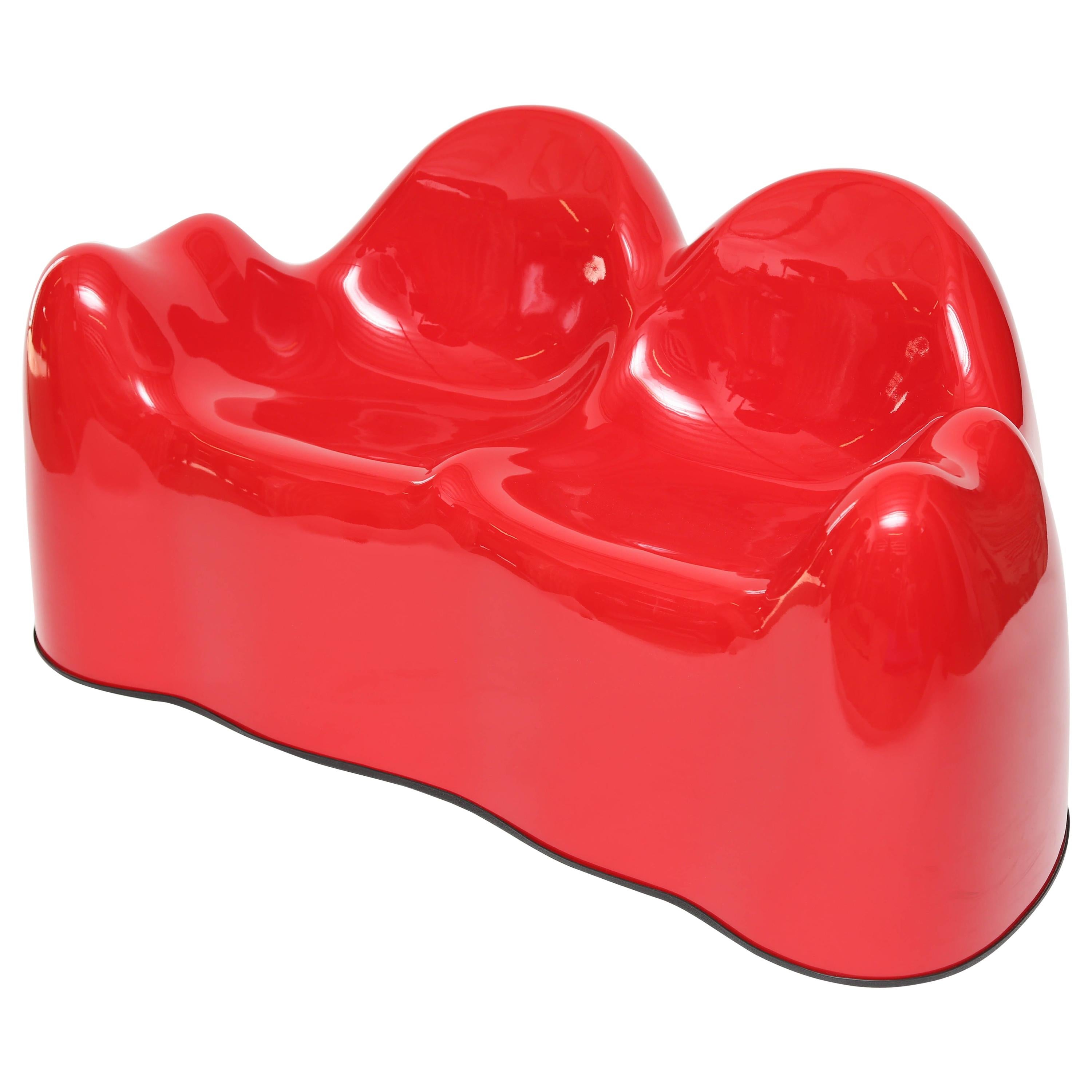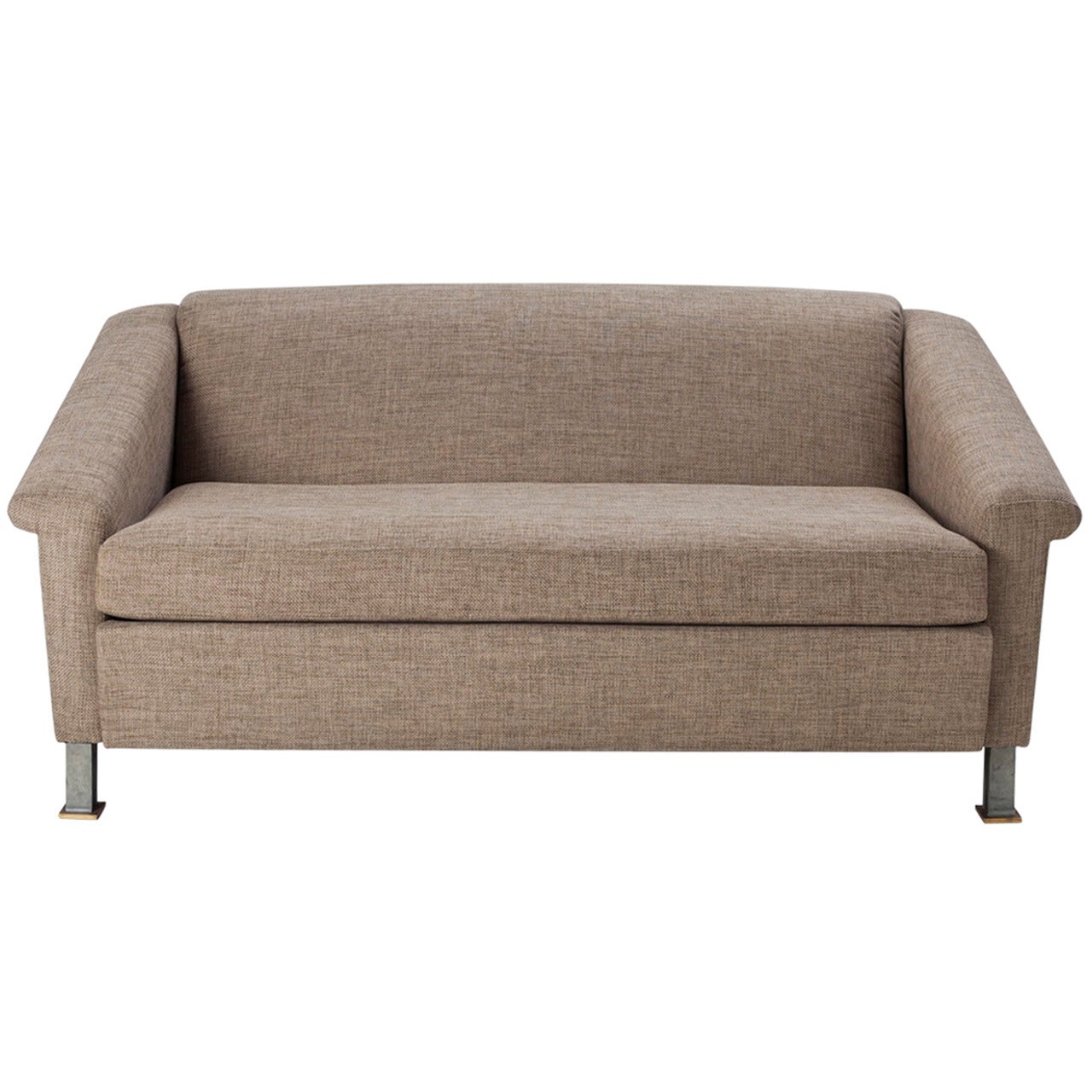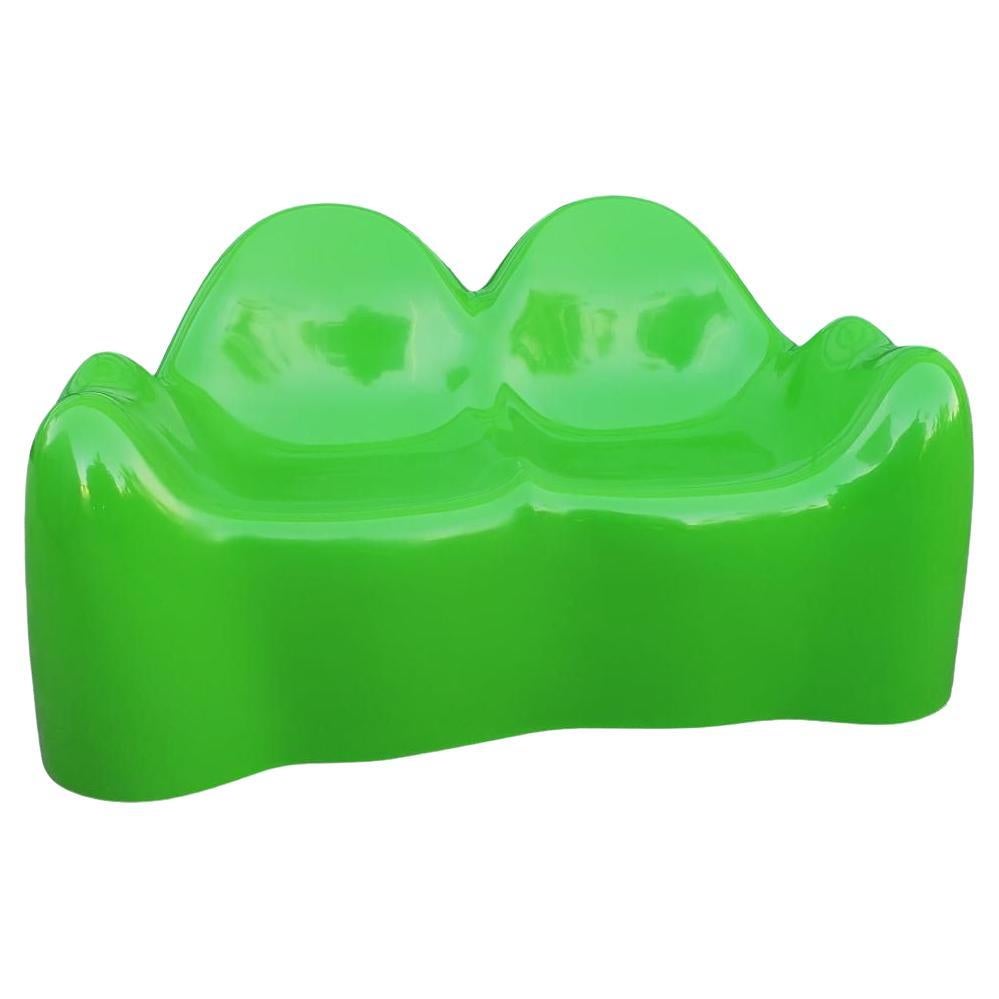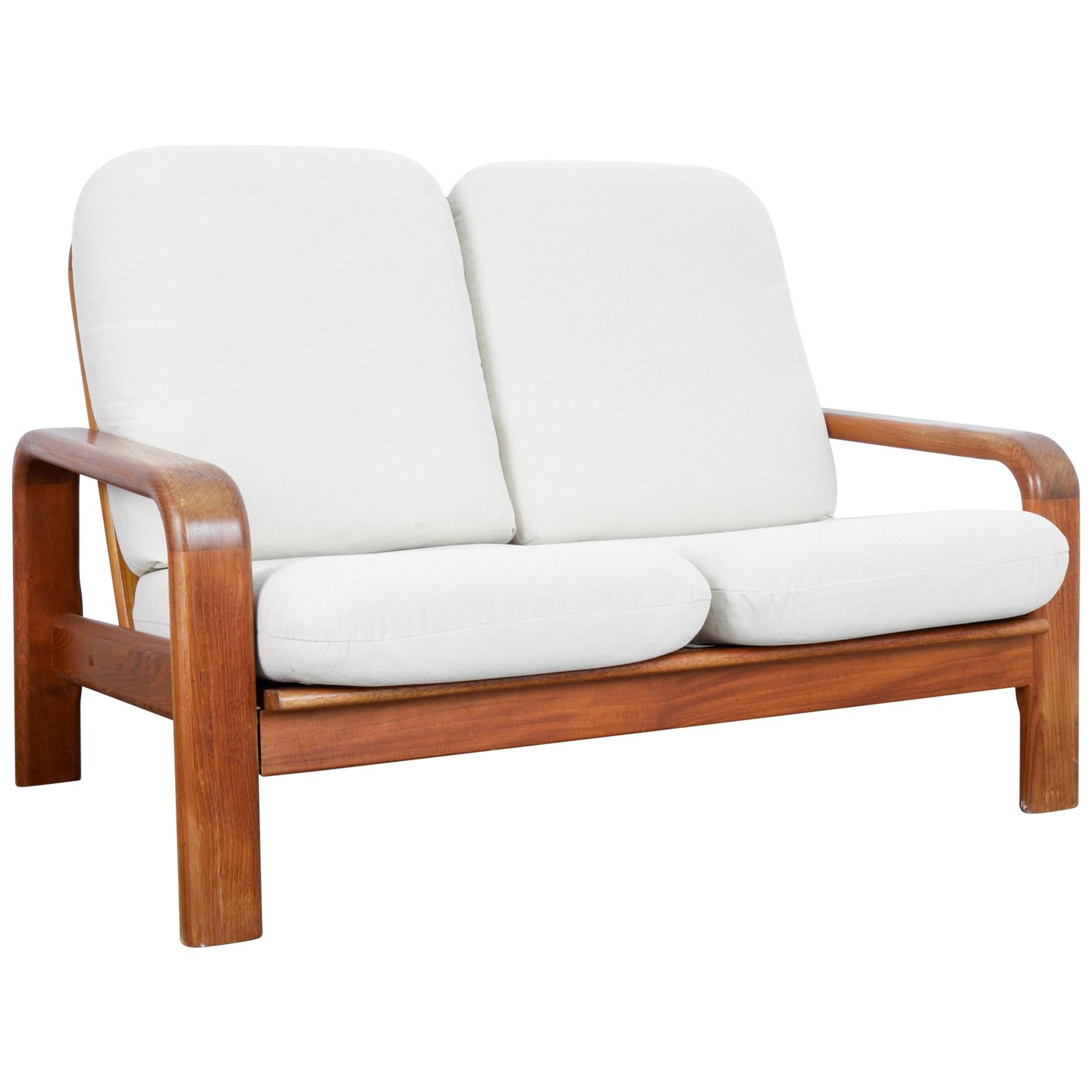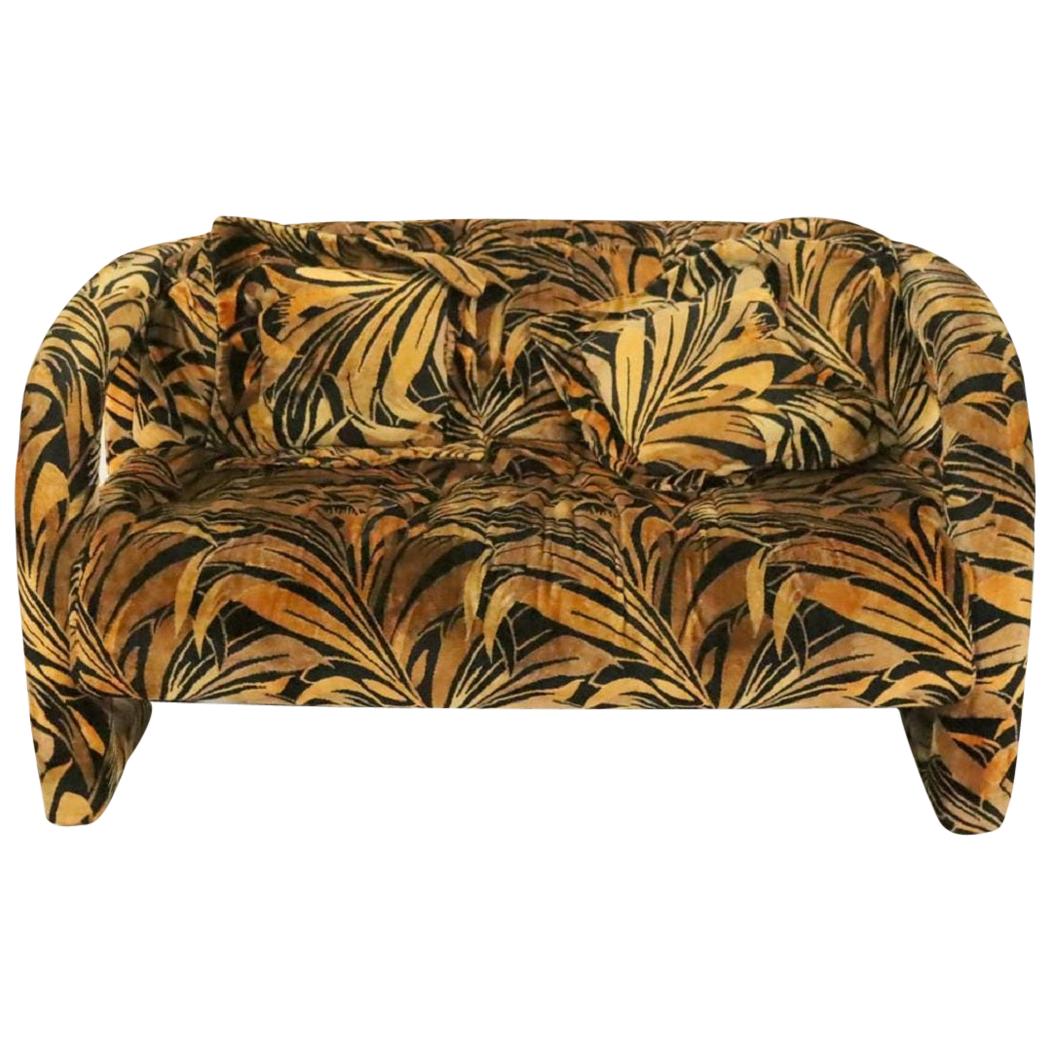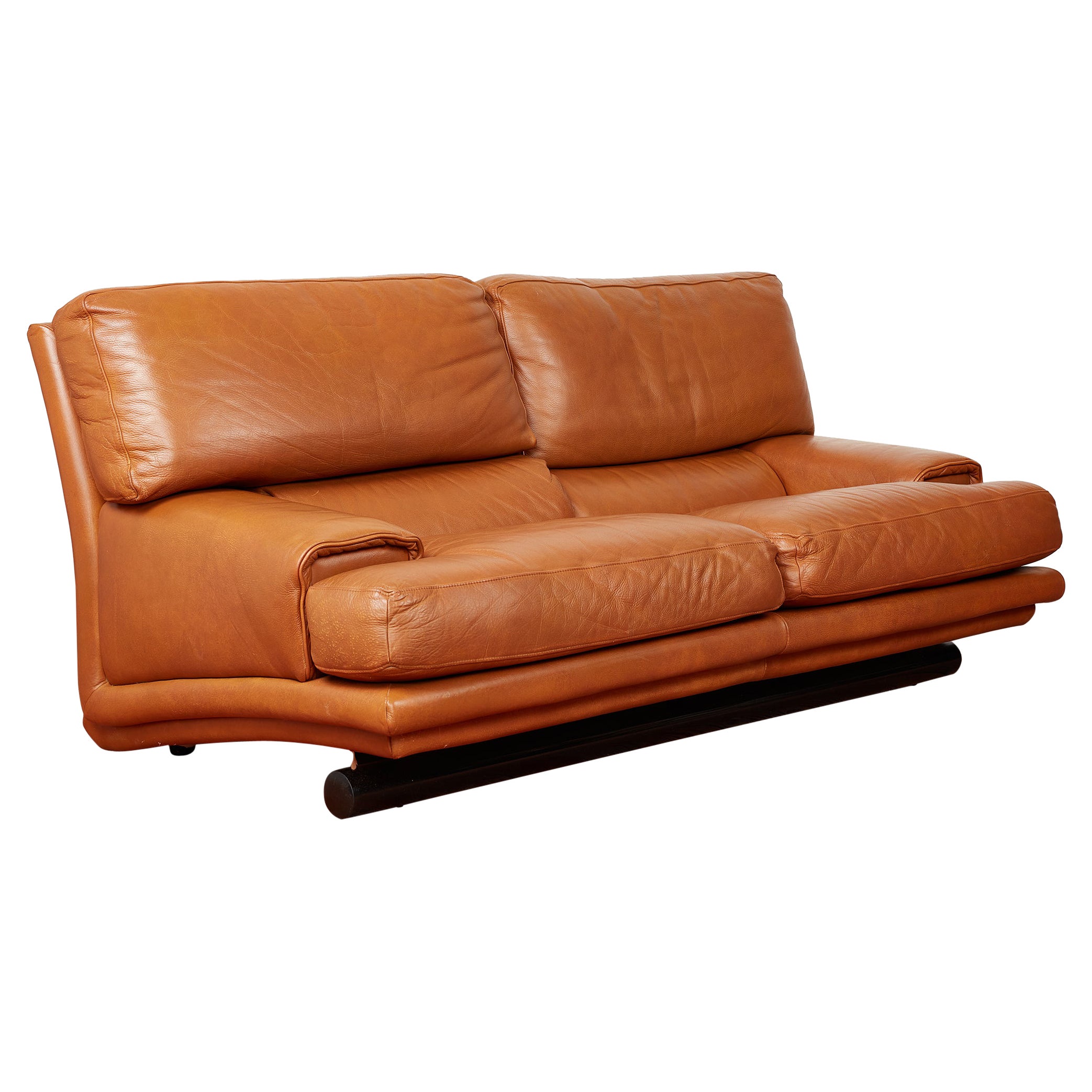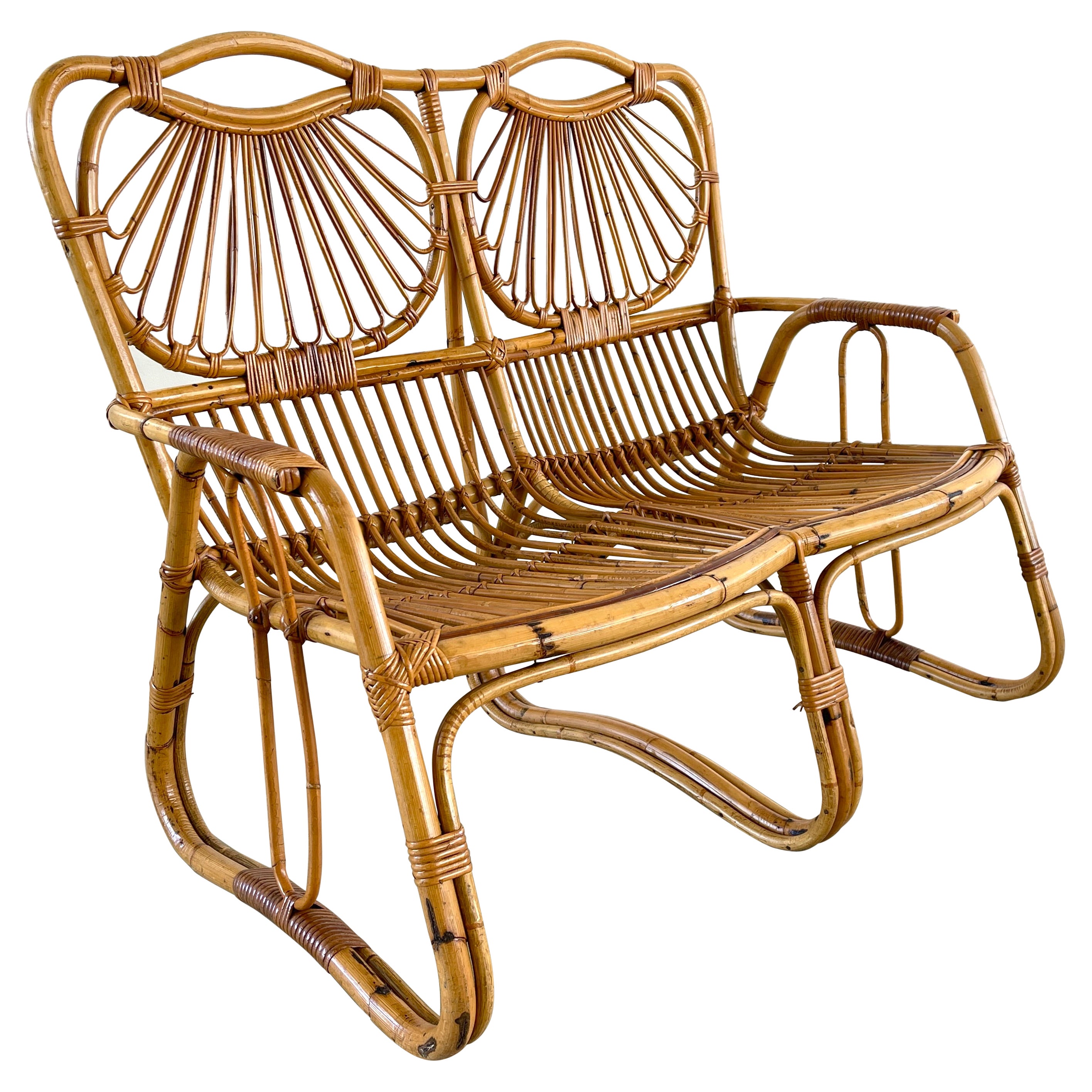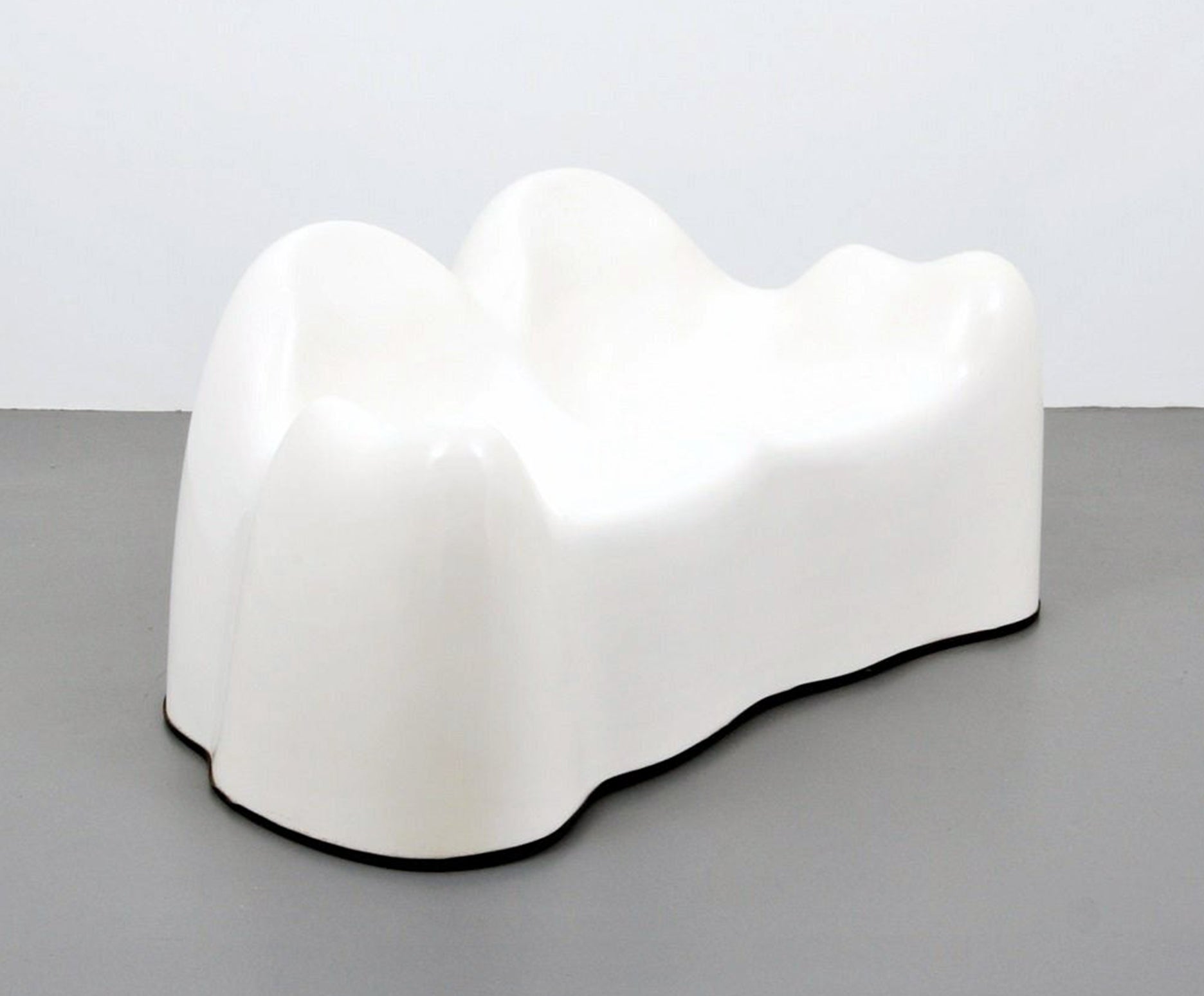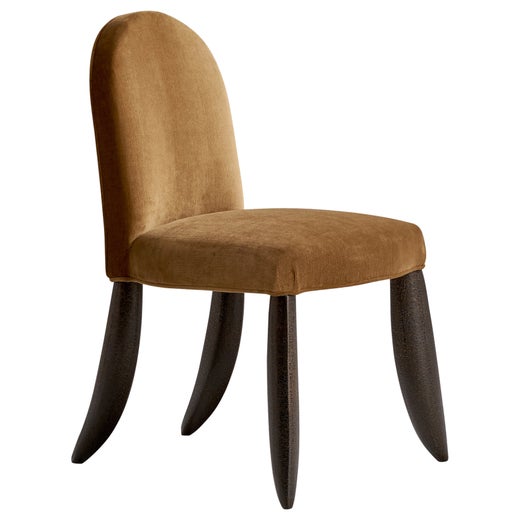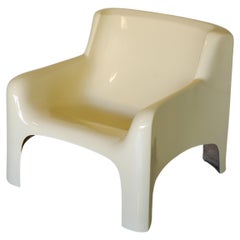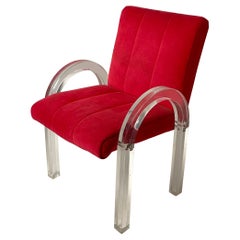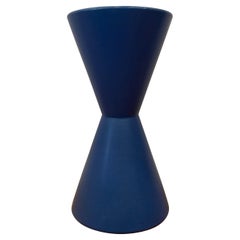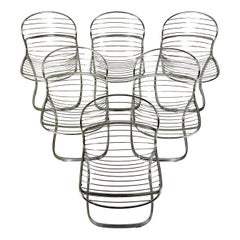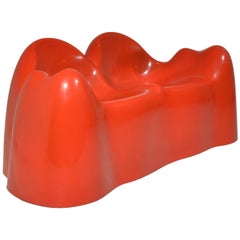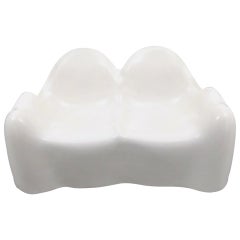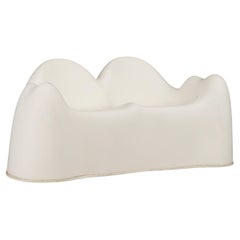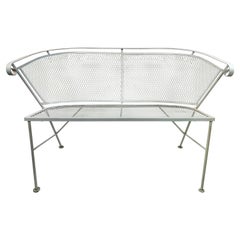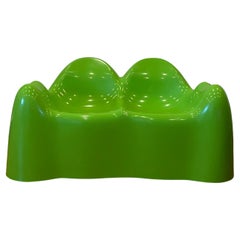
Double Molar Settee, 1960s, U.S.A
View Similar Items
Double Molar Settee, 1960s, U.S.A
About the Item
- Creator:Wendell Castle (Designer)
- Design:
- Dimensions:Height: 25 in (63.5 cm)Width: 48 in (121.92 cm)Depth: 32 in (81.28 cm)
- Style:Space Age (Of the Period)
- Materials and Techniques:
- Place of Origin:
- Period:
- Date of Manufacture:1960s
- Condition:Minor losses.
- Seller Location:Las Vegas, NV
- Reference Number:1stDibs: LU6012227569292
Molar Chair
As its name suggests, the playful silhouette of the Molar chair can be attributed to an unmistakable visual inspiration: the curves and cusps that characterize the clusters of large teeth tucked in the back corners of our mouths. Kansas-born furniture maker and educator Wendell Castle (1932–2018) began to create his singular series of Molar sofas and more in 1968, when he designed his biomorphic Molar chair.
Moved by the experiments that Danish designer Verner Panton and others had been conducting with synthetic materials, Castle’s “back tooth” seat and other early designs for the collection were comprised of glass-reinforced polyester and gel-coated plastics, but his fascination with organic forms began years earlier — with wood.
A major figure of the American Studio movement, Castle boldly bridged art and furnishings like no one before him. He attended the University of Kansas for industrial design and eventually earned his MFA in sculpture in the late 1950s. In his years as a student, Castle longed to create seating and other furniture that could also be considered art, even when an instructor told him he should return to sculpture upon reviewing a cabinet he designed. His whimsical Stool Sculpture in 1959, which earned him critical acclaim and later gained a place in international exhibitions, tested the boundaries between function and fine art, while his college-era sketchbooks full of abstract designs would inform his woodworking in the years that followed.
Castle found inspiration from woodworkers such as Wharton Esherick and George Nakashima, and utilized the stack-laminate technique — in which thin sheets of wood are layered in stacks, glued together and then smoothed and cut into desired shapes before carving. This allowed him to add mass and depth to his ambiguous and venturesome work. By the mid-1960s, however, while teaching woodworking at the Rochester Institute of Technology, he temporarily tired of wood and instead wanted to introduce color and delve into the potential that other materials could afford.
Castle’s Molar chair as well as the other biomorphic seating he designed at the time emphasized playfulness and an experimental sensibility. “I’m trying to get furniture off its legs and to be itself,” Castle told Newsweek. Before he would return to wood in the 1970s following a liberating period of working with synthetics, “the father of the art furniture movement” produced cloud-shaped shelves, cabinets that resembled starfish and several hundred other fascinating pieces.
Wendell Castle
Wendell Castle was an American furniture maker celebrated for his experimental creations in wood and plastic. He was one of the first to create seating, lighting and tables that resemble sculpture, otherwise known as art furniture.
A founding father of the American Studio movement, Castle was known for his craftsmanship and broke new ground in the 1960s with the stack-laminate technique, which involves layering and then sanding thin sheets of wood. In the ’70s, he transitioned to using gel-coated plastic in bright colors.
Castle integrated both mediums in his designs from the 2000s, which, like his vintage pieces, are characterized by curved, biomorphic lines and whimsical undertones (his Molar chair emphasized playfulness and a venturesome sensibility). Ever the innovator, he integrated computers and robots in his later production process to come up with wildly imaginative forms. Castle was working on a new body of work when he passed away in 2018 at the age of 85.
Find a collection of original Wendell Castle furniture on 1stDibs.
More From This Seller
View AllVintage 1960s European Space Age Lounge Chairs
Fiberglass
Vintage 1960s American Hollywood Regency Armchairs
Upholstery, Lucite
Mid-20th Century Mid-Century Modern Planters and Jardinieres
Clay
Vintage 1970s Italian Space Age Dining Room Chairs
Steel, Chrome
Late 20th Century French Space Age Benches
Fiberglass
Vintage 1970s Finnish Space Age Armchairs
Upholstery, Plastic
You May Also Like
Vintage 1970s American Mid-Century Modern Loveseats
Fiberglass
Vintage 1970s American Modern Settees
Fiberglass
Vintage 1960s American Modern Settees
Fiberglass, Rubber
Vintage 1960s Mid-Century Modern Loveseats
Wrought Iron
Vintage 1960s Danish Mid-Century Modern Settees
Teak, Leather
Vintage 1960s American Settees
Fiberglass, Rubber
